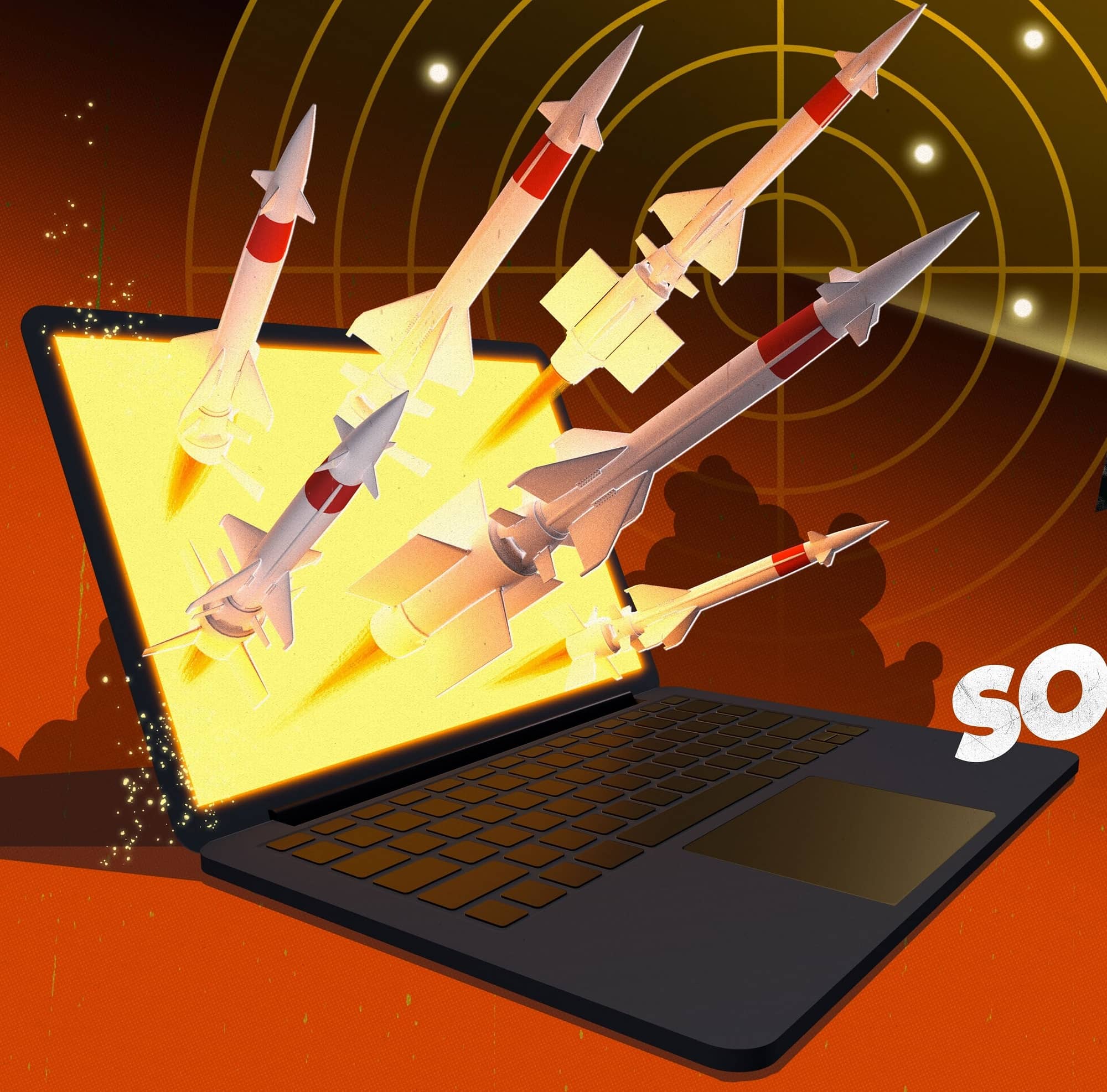
You don’t need to pay for antivirus software anymore. Microsoft’s Windows Defender, a free service that’s built right into Windows 10, is now as good as the paid antivirus/antimalware solutions that have been collecting your money for years. There, we said it.
Many PC users became accustomed to paying for antivirus software for two reasons: Good, free alternatives were scarce, and Microsoft offered minimal protection via Windows, ceding the category to Norton, Kaspersky, and a host of other third-party vendors. Windows’ first antimalware efforts were so abysmal that testing agencies like AV-comparatives.org and AV-test.org used Defender as the baseline (i.e., junk) level of performance. In December 2013, for example, AV-test.org tested how well 23 antivirus vendors blocked real-world malware samples using Windows 8.1. Microsoft finished dead last (go.pcworld.com/wn81).
That was then. Over the intervening years, Microsoft started taking endpoint security seriously. In 2019, Microsoft’s own Windows Defender Antivirus, built right into Windows 10 for free, often outperforms paid services. (Windows now lumps Windows Defender Antivirus underneath what it calls Windows Security, which includes Windows Firewall and other tools.) It’s not perfect: The incidence of “false positives,” where legitimate apps are mistaken for malware, can be high. One test also noted that it slowed down a low-end PC more than others do. You can decide for yourself: Are these “costs” more affordable than paying $60-plus per year?
We still review the best antivirus apps (go. pcworld.com/ant1), and there are still some reasons why you’d want one, which we’ll get into later. But first let’s look at how far Windows Defender has come, and how well it could stand on its own as your primary antivirus package.
WHY YOU SHOULD USE WINDOWS DEFENDER TO PROTECT YOUR PC
Bu hikaye PCWorld dergisinin November 2019 sayısından alınmıştır.
Start your 7-day Magzter GOLD free trial to access thousands of curated premium stories, and 9,000+ magazines and newspapers.
Already a subscriber ? Giriş Yap
Bu hikaye PCWorld dergisinin November 2019 sayısından alınmıştır.
Start your 7-day Magzter GOLD free trial to access thousands of curated premium stories, and 9,000+ magazines and newspapers.
Already a subscriber? Giriş Yap

Private Internet Access: A low-price, high-value VPN for everyone
This veteran VPN shows it can still hang with the best.

Hands-on: Kensington's first Thunderbolt 5 dock is built for the future
Thunderbolt 5 is here...but you'll need more than just this well-built Kensington dock to take advantage of it.

Tested: Intel's Lunar Lake chip wants you to forget Qualcomm laptops exist
Great battery life, mediocre performance, surprisingly decent gaming: That is how Intel's Lunar Lake chip stacks up.

7 laptop habits that coax the most out of your battery
Don't send your laptop into an early grave.

WordPad is gone from Windows 11. Here's how to bring it back
With the arrival of Windows 11 version 24H2, WordPad is officially gone. Want to keep using it? You're in luck.

Hackers know your social security number. Here's how to stay safe
Thanks to a multitude of data leaks, your most sensitive information is now easily accessible to the world.

20 insanely useful Windows 11 keyboard shortcuts I use every day
After so many years, I'm still discovering new keyboard shortcuts.

WHAT THE HECK IS AN NPU, ANYWAY? HERE'S AN EXPLAINER ON AI CHIPS
ALL PCS WILL SOON HAVE NEURAL PROCESSING UNITS. HERE'S WHAT THAT MEANS FOR YOU IN SIMPLE TERMS.

WINDOWS 11'S 2024 UPDAATE: 5 BIG CHANGES I REALLY LIKE (AND MORE)
WINDOWS 11'S ANNUAL UPDATE IS ROLLING OUT OVER THE NEXT FEW WEEKS.

Hackers are using AI-generated code for malware attacks
Two separate attacks have been spotted using code that was probably written by artificial intelligence.